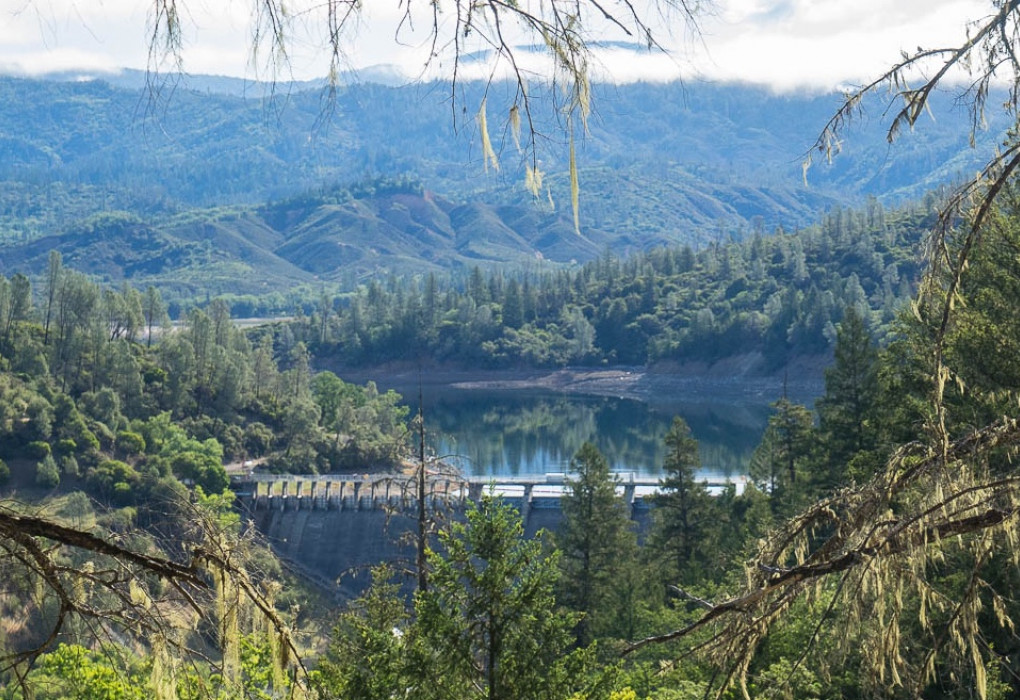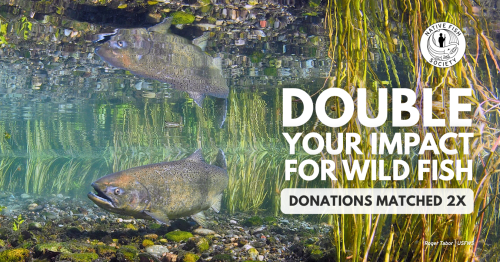Dam removal to be considered on the Eel River
Eel River Headwaters Campaign Update
Thank you to everyone who submitted comments to Pacific Gas and Electric (PG&E) regarding the upcoming relicensing of the Potter Valley Project on the Eel River!
Last July, we were disappointed to learn that PG&E’s first Scoping Document (SD1) failed to include decommissioning the three-part hydroelectric and water diversion system, known collectively as the Potter Valley Project (PVP), among its suite of alternatives to consider for evaluating all potential impacts resulting from the project's operations. Hundreds of miles of quality habitat is blocked by the PVP, and negatively alters hydrologic process through water diversion and prevents the downstream transport of sediment, gravel, cobble, and woody debris. An analysis of these concerns is standard evaluation as part of the relicensing process for non-federal hydropower projects overseen by the Federal Energy Regulatory Commission (FERC). See our past action alert: "Restore access for wild salmon and steelhead to the cool headwaters of the Eel River."
We are excited to report that thanks to the comments you all submitted, in addition to our many conservation partners working towards restoring volitional access for wild salmon and steelhead to the headwaters of the Eel River, PG&E will be evaluating decommissioning as part of their analysis in an Environmental Impact Statement.
In their amended Scoping Document (SD2) released in September, PG&E states:
"We realize that relicensing the project could continue certain adverse environmental and developmental effects, such that decommissioning some of the project's facilities could be an outcome of the relicensing process. For this reason, we are including in the EIS outline in section 7 a decommissioning alternative(s)" (pg. 6, Scoping Document 2 for the Potter Valley Project, Pacific Gas & Electric).
About Scott Dam and the Potter Valley Project
Scott Dam, the uppermost structure in the Potter Valley Project, has blocked historic spawning and rearing habitat for salmon and steelhead for almost a hundred years. Since 2015, NFS staff and River Stewards have conducted temperature monitoring in the tributaries above Scott Dam, and have identified that almost all of the upper Eel River tributaries we monitored remained at suitable temperatures for salmonids throughout the warm summer months, even during some of the warmest years recorded on Earth. Our temperature monitoring work underscores the importance of restoring volitional access to this habitat that will contribute to the resiliency and long-term recovery of wild salmonids in the Eel. It is imperative that we look at the habitat suitability in the area above Scott Dam and the PVP, particularly as it compares with the warm water temperatures found throughout most of the watershed, so that we can work to restore volitional access to this important cold water habitat during the upcoming relicensing opportunity.
Our work will now focus on participating in the study design phase of the relicensing, which will identify all of the relevant information and scientific studies necessary to make an informed decision on license renewal, as required by the Federal Energy Regulatory Commission (FERC). An important goal for NFS is to ensure that PG&E and FERC study the implications of climate change on the project, and utilize the best-available science to understand how the cumulative effects of human-caused stressors and climate change will impact sensitive cold-water species, such as salmon, steelhead, and trout if the project were to remain in place over the next 30-50 years.
The inclusion of a decommissioning alternative is one big victory in the long road ahead for relicensing the Potter Valley Project, which will continue until the license expires 2022. Thank you for taking action on this important opportunity. Stat tuned for other opportunities to take action and support volitional reintroduction for wild salmon and steelhead into the headwaters of the mighty Eel River!
Additional Information and Resources:
- Coastal Multispecies Final Recovery Plan: California Coastal Chinook Salmon ESU, Northern California Steelhead DPS and Central California Coast Steelhead DPS
- Native Fish Society 2015 & 2016 Upper Eel Temperature Monitoring Report
- Pacific Gas & Electric - Project Overview for Potter Valley Project #77
- Pacific Gas and Electric Scoping Document 2 for Potter Valley Project

